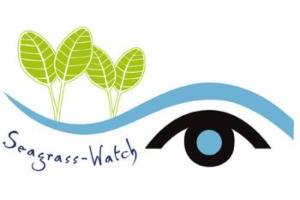
SeagrassWatch
WPSQ is aiming to increase community awareness about the value o
In a specific area
- Ongoing
More Information
Seagrass-Watch is a global scientific, non-destructive, seagrass assessment and monitoring program devised by Australia scientists.
Since its beginning in 1998, Seagrass-Watch has expanded internationally with monitoring occurring across 17 countries at approximately 260 sites including sites at Noosa, Moreton Bay and the Gold Coast.
Scientists at the Seagrass-Watch Head Quarters based at the TropWater Division of James Cook University in Townsville have developed scientifically rigorous protocols for seagrass assessment. They work with the likes of Wildlife Preservation Society of Queensland (WPSQ) to develop and expand the program, and to ensure that the program is producing data of high quality.
Seagrass-Watch in Moreton Bay
Moreton Bay supports eight seagrass species totalling about 25,000 ha which occur in intertidal and sub-tidal areas. In collaboration with then Queensland Parks & Wildlife Service (now Department National Parks, Recreation, Sport and Racing) and Seagrass-Watch HQ, WPSQ (Bayside Branch) established six monitoring locations in Moreton Bay during 2001. There are now 20 locations, some with multiple sites.
Why are seagrasses important – why do we monitor?
The benefits of seagrasses are many, they:
- buffer and filter nutrient and chemical inputs
- stabilise coastal sediments
- provide food and shelter for many organisms
- are nursery grounds for commercially important prawn and fish species
- store carbon 35 times faster than rainforests
- lock carbon in for thousands of years.
Despite these significant benefits 50% of Australia’s seagrasses have been destroyed by dredging and pollution. And, when exposed to air, the sediment beneath seagrass releases greenhouse gases.
Ticket Required: No
Minimum Age: 13
Languages: English
